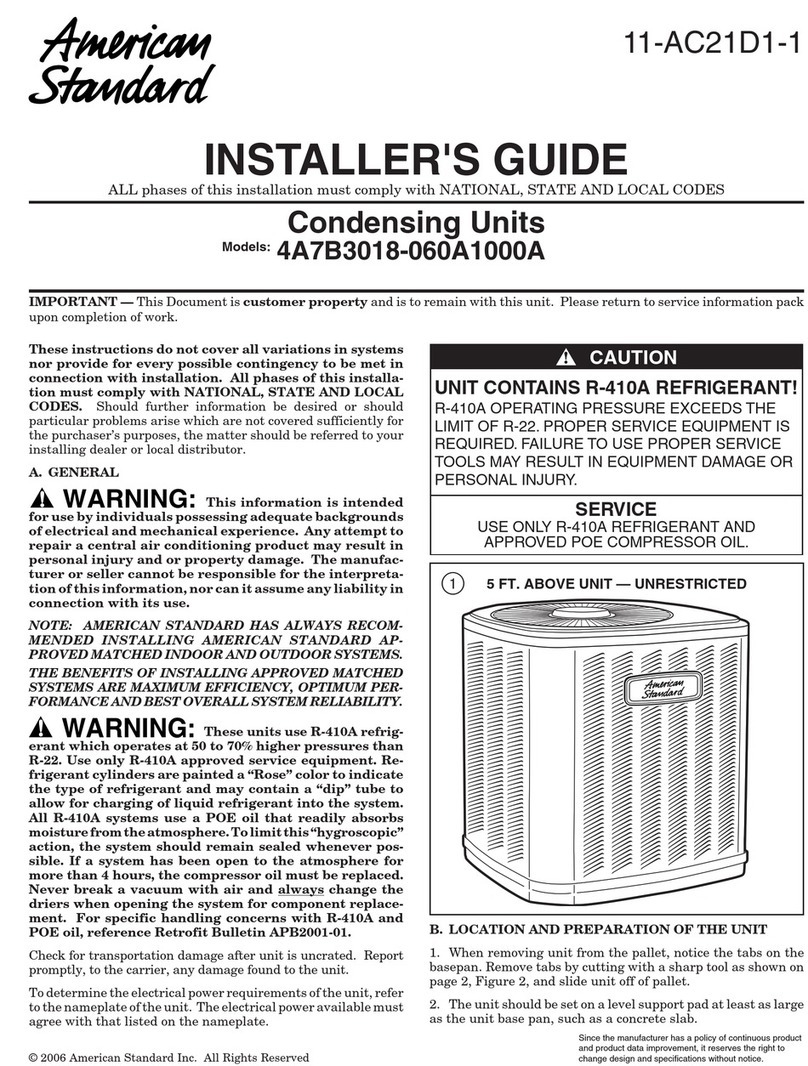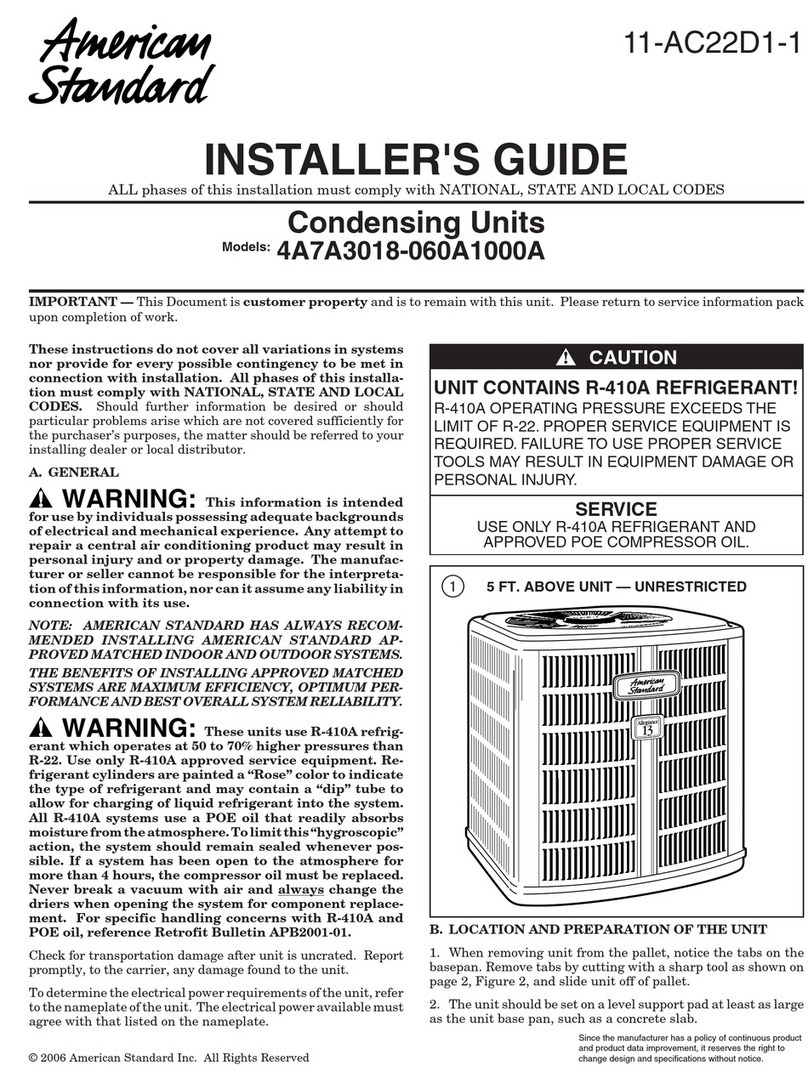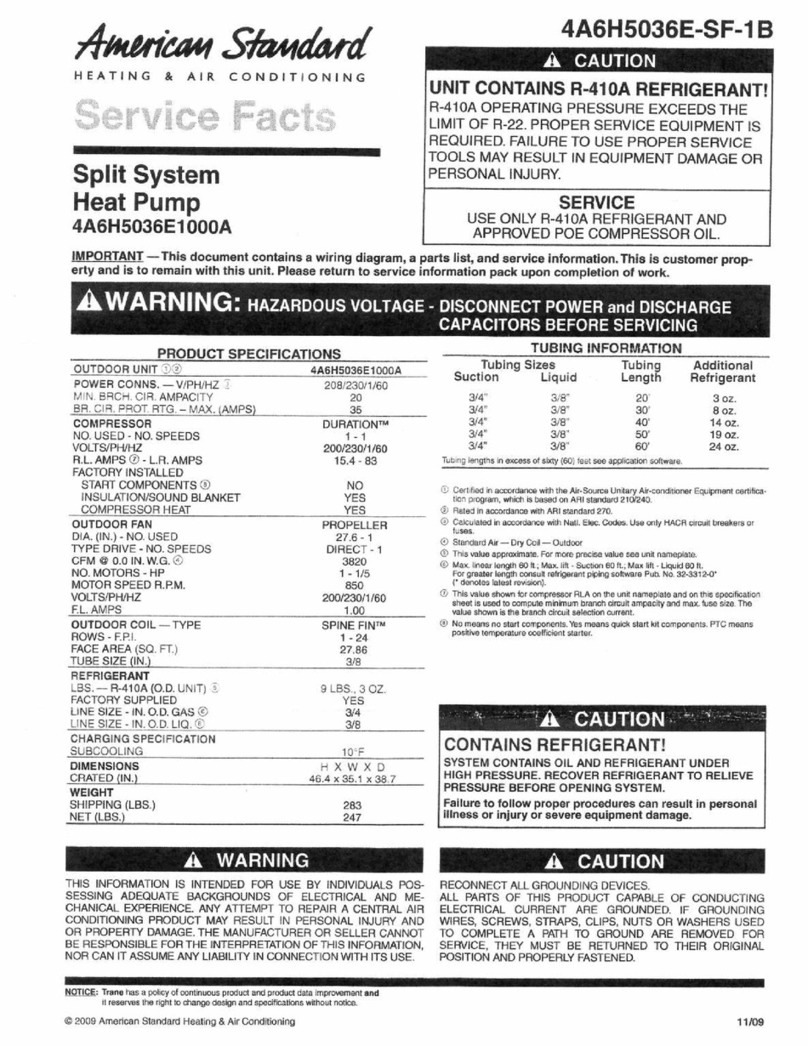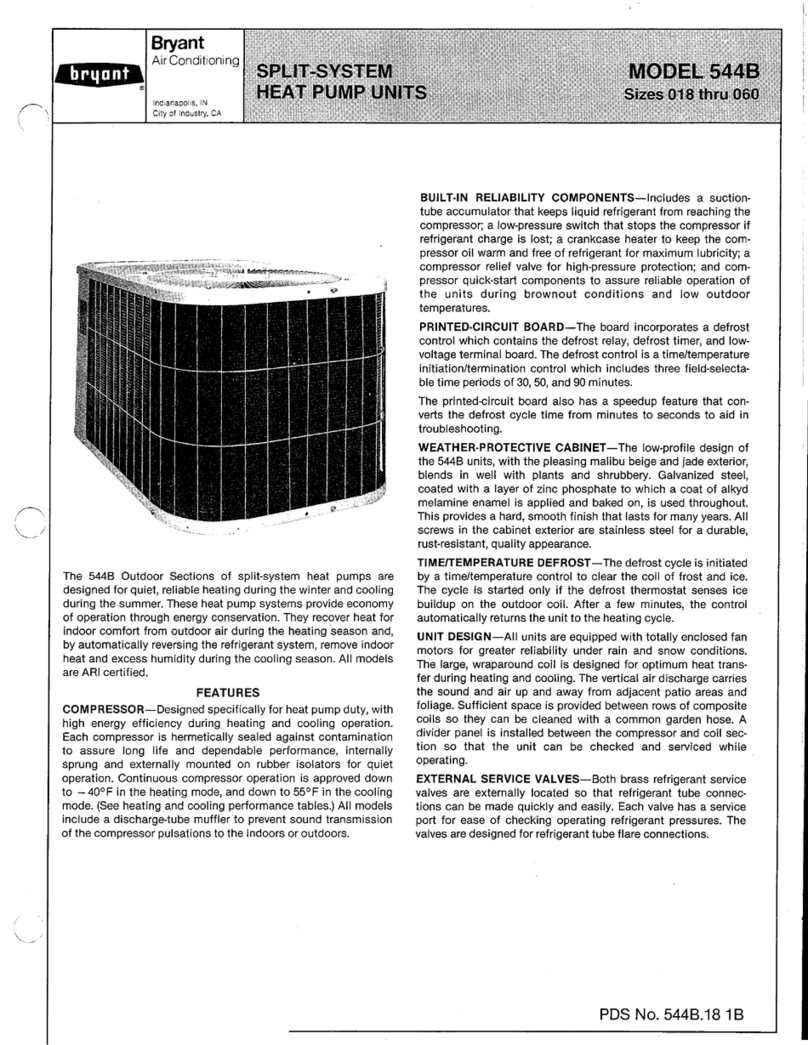American Standard 2A7C3000A Assembly instructions
Other American Standard Heat Pump manuals

American Standard
American Standard 4A6H3018D Assembly instructions
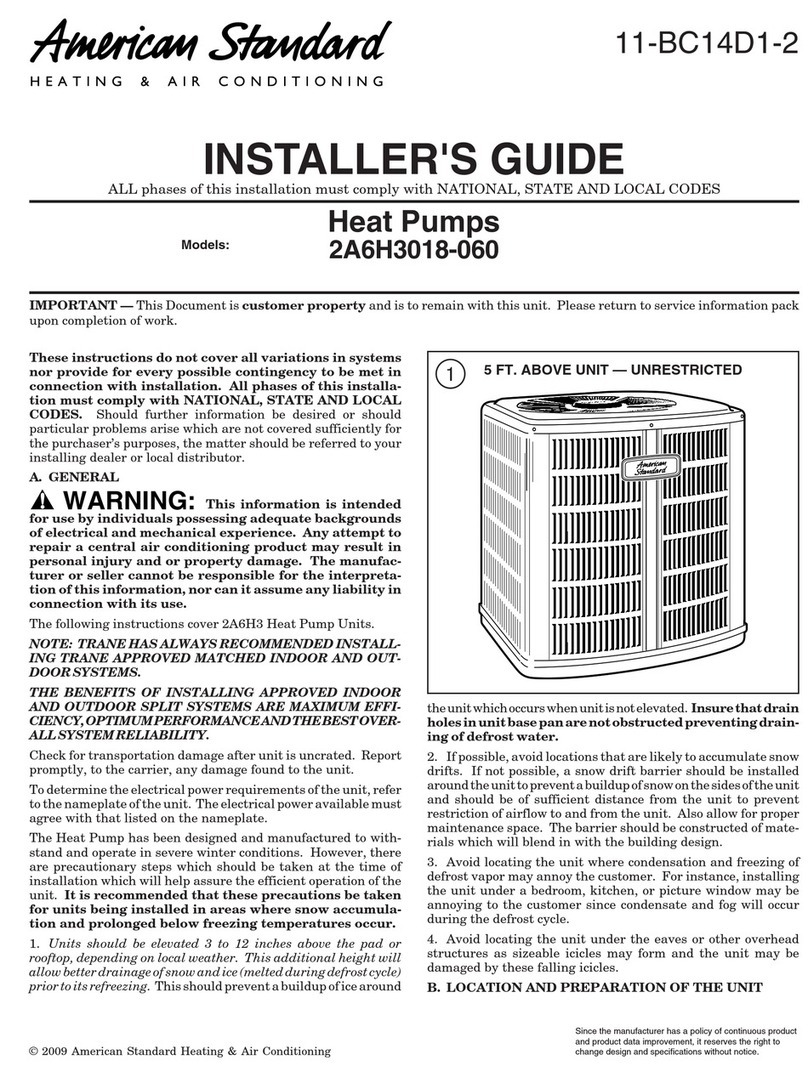
American Standard
American Standard 2A6H3018A Assembly instructions
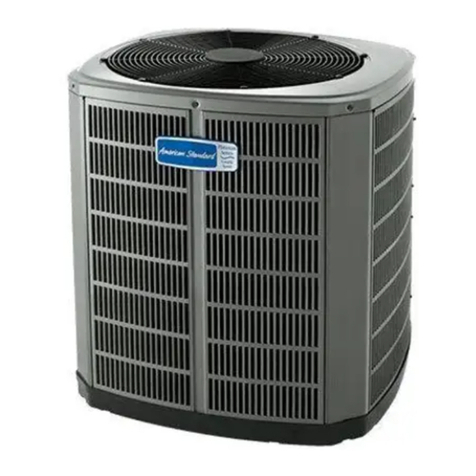
American Standard
American Standard 4A7A5018-060 User manual
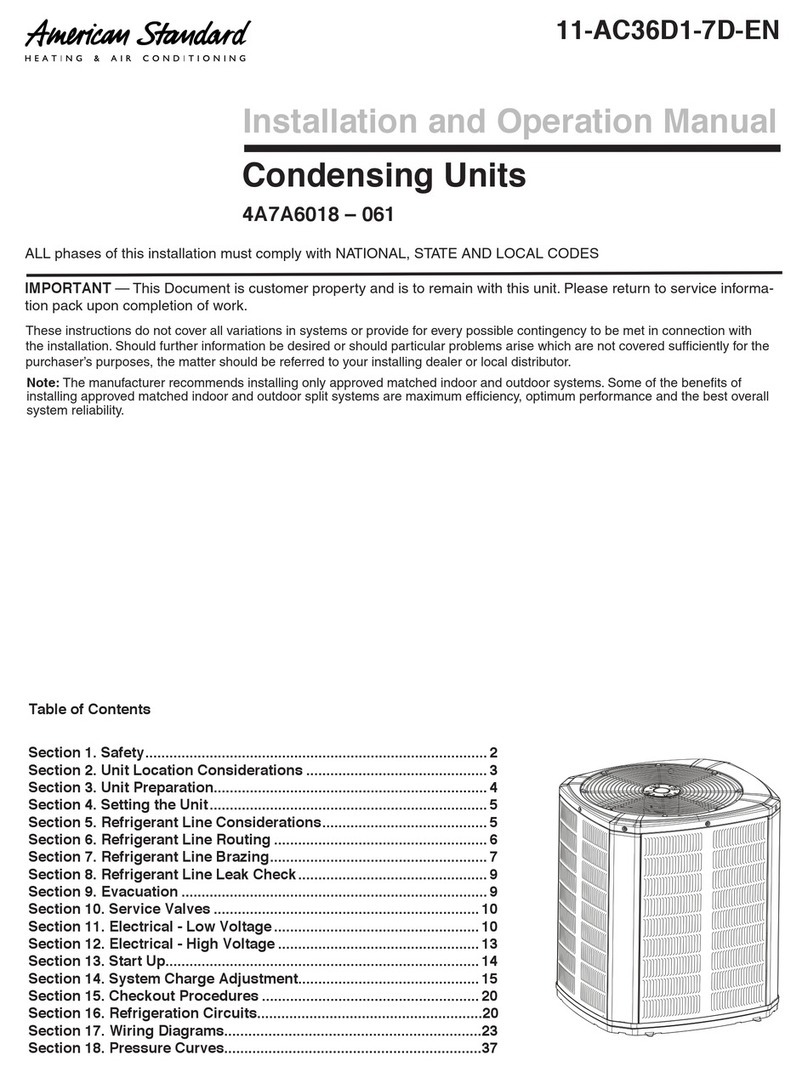
American Standard
American Standard 4A7A6018-061 User manual
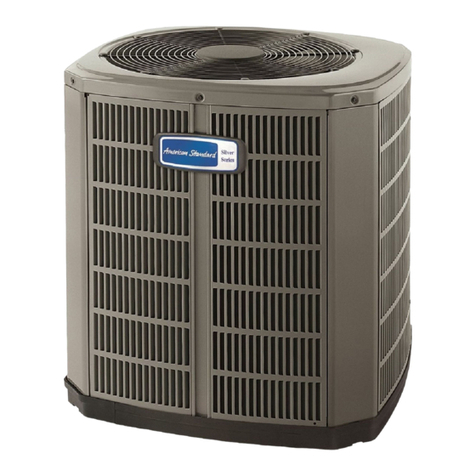
American Standard
American Standard 4A6C4036A3000A Assembly instructions
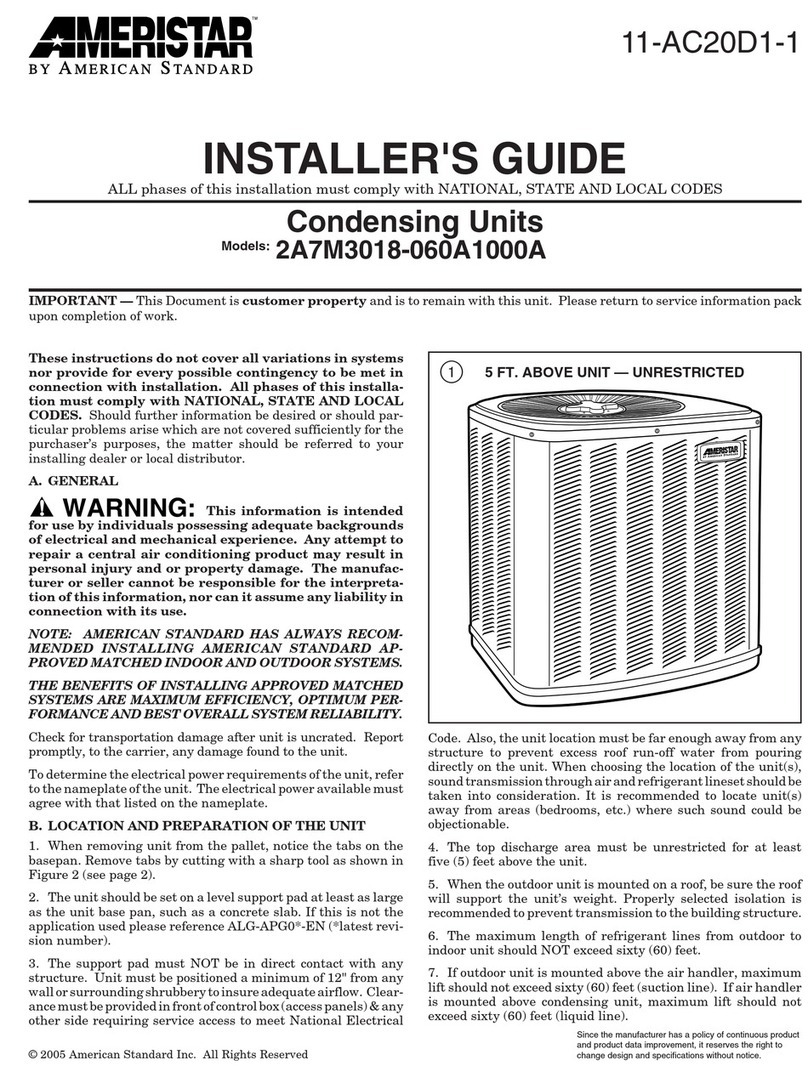
American Standard
American Standard Ameristar 2A7M3018-060A1000A Assembly instructions
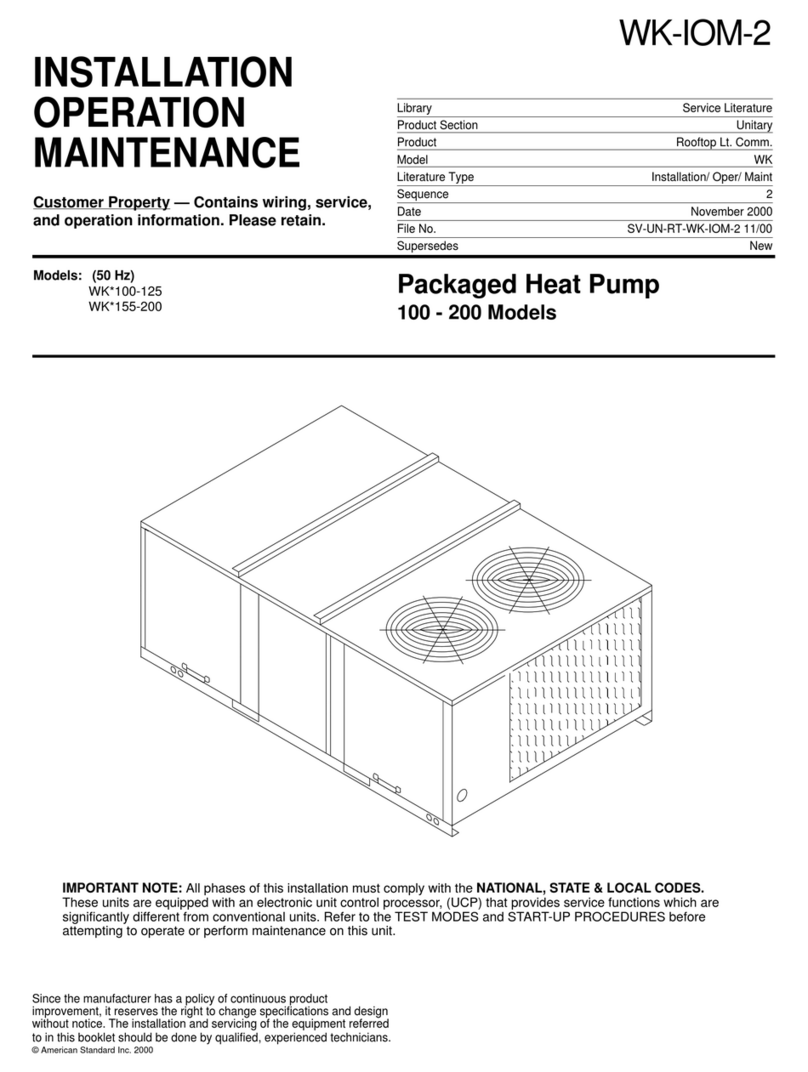
American Standard
American Standard WK 100 Series Owner's manual
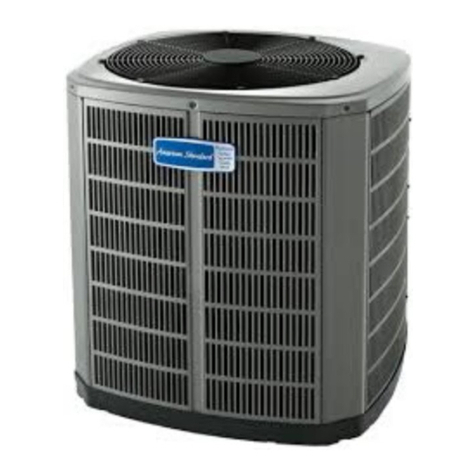
American Standard
American Standard AccuLink Charge Assist 4A7A6 Series Assembly instructions

American Standard
American Standard allegiance 16 User guide
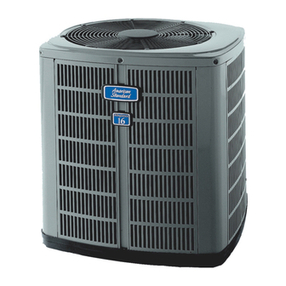
American Standard
American Standard 2A7A1018A Assembly instructions

American Standard
American Standard YC 102-301 Series Owner's manual
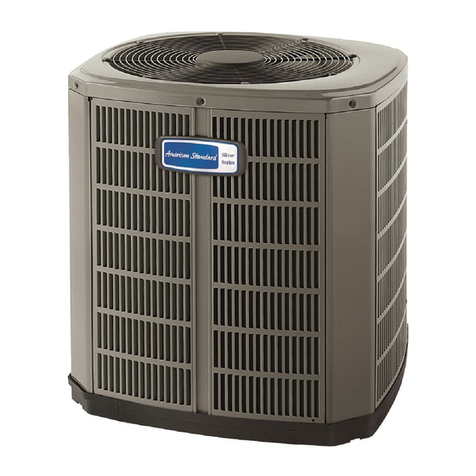
American Standard
American Standard 4A7A4018C Assembly instructions

American Standard
American Standard Hybrid Comfort TAYPLUS103A Assembly instructions

American Standard
American Standard 4A6H6018H1000A Service manual
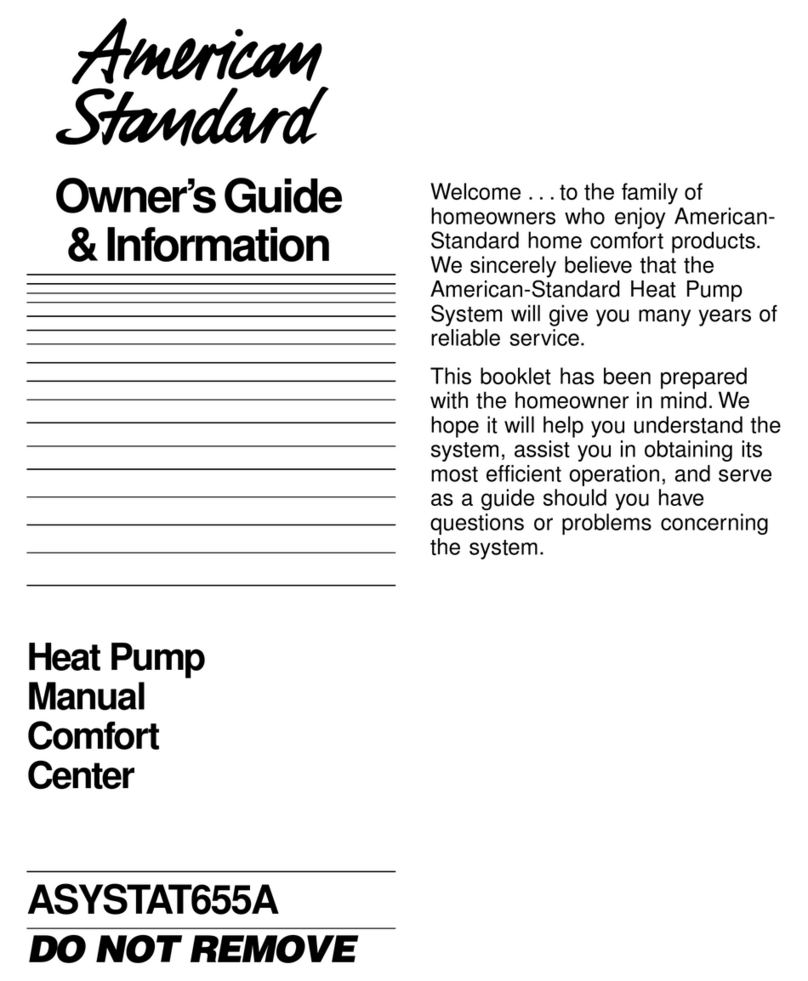
American Standard
American Standard ASYSTAT655A Owner's manual

American Standard
American Standard 4A6H4018D1000A Service manual
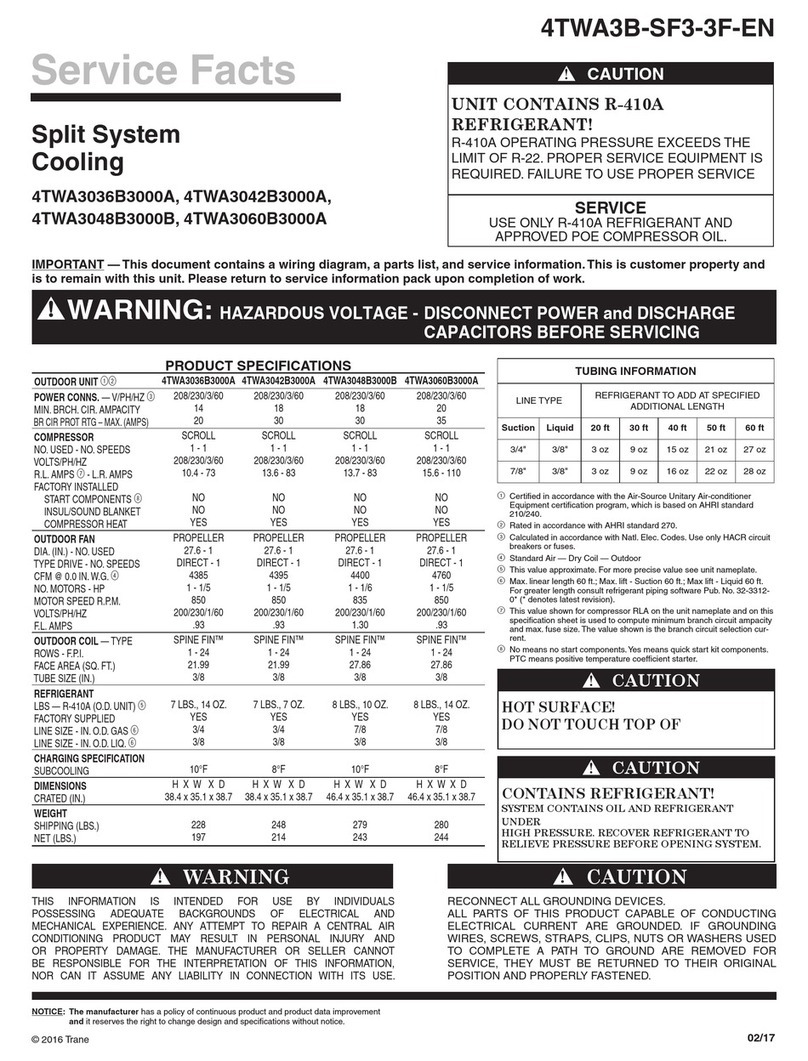
American Standard
American Standard 4TWA3036B3000A Service manual
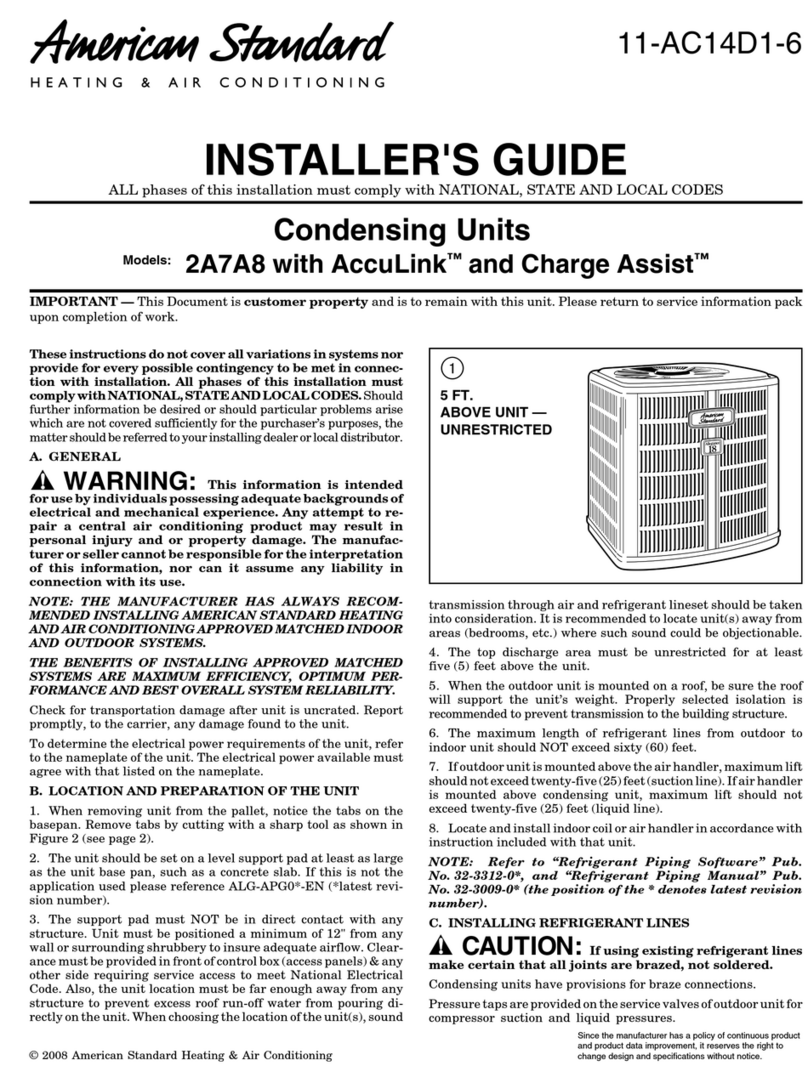
American Standard
American Standard 2A7A8 Assembly instructions
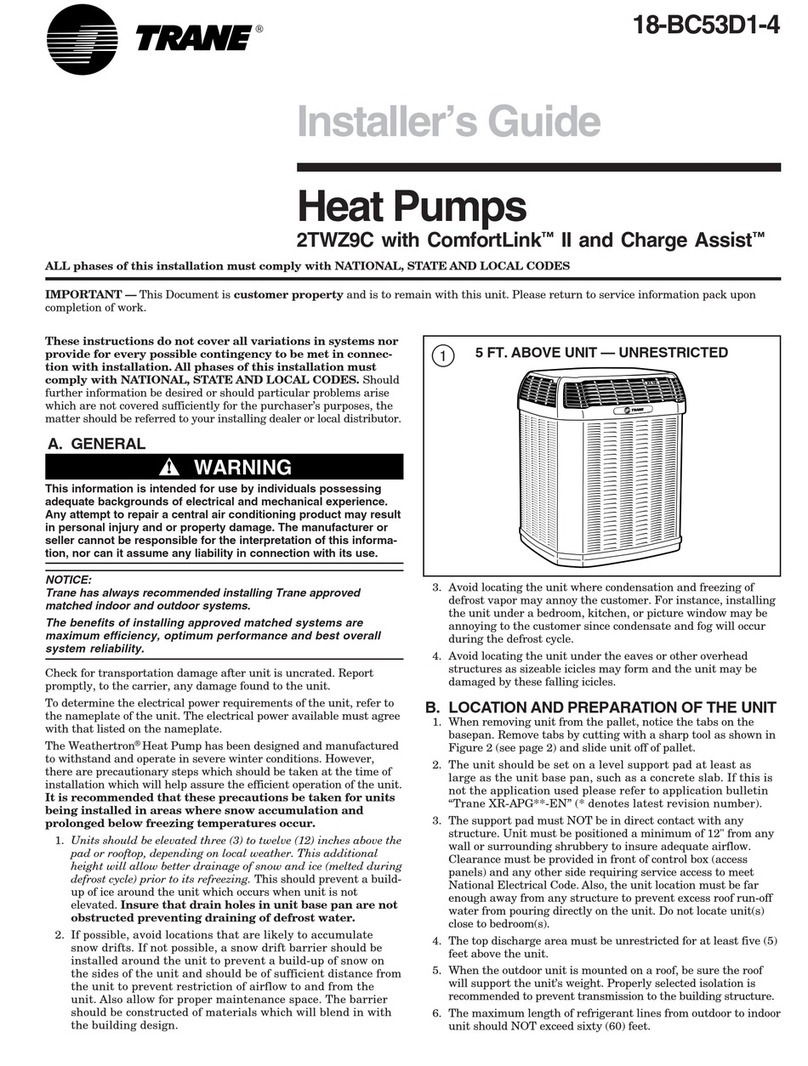
American Standard
American Standard TRANE 2TWZ9C Assembly instructions
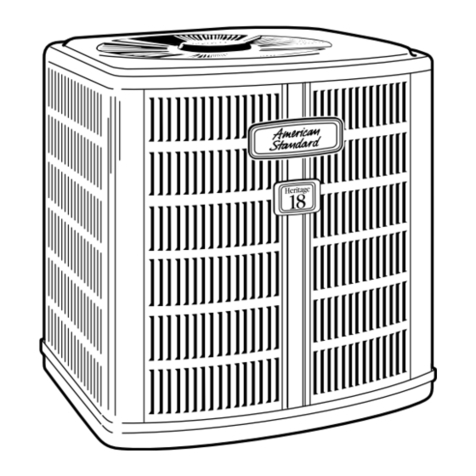
American Standard
American Standard AccuLink Charge Assist 2A6H8 Series Assembly instructions
Popular Heat Pump manuals by other brands

Mitsubishi Electric
Mitsubishi Electric PUZ-SWM60VAA Service manual

Dimplex
Dimplex LI 16I-TUR Installation and operating instruction

Carrier
Carrier WSHP Open v3 Integration guide

TGM
TGM CTV14CN018A Technical manual

Carrier
Carrier 38MGQ Series installation instructions

Kokido
Kokido K2O K880BX/EU Owner's manual & installation guide

Viessmann
Viessmann VITOCAL 300-G PRO Type BW 2150 Installation and service instructions
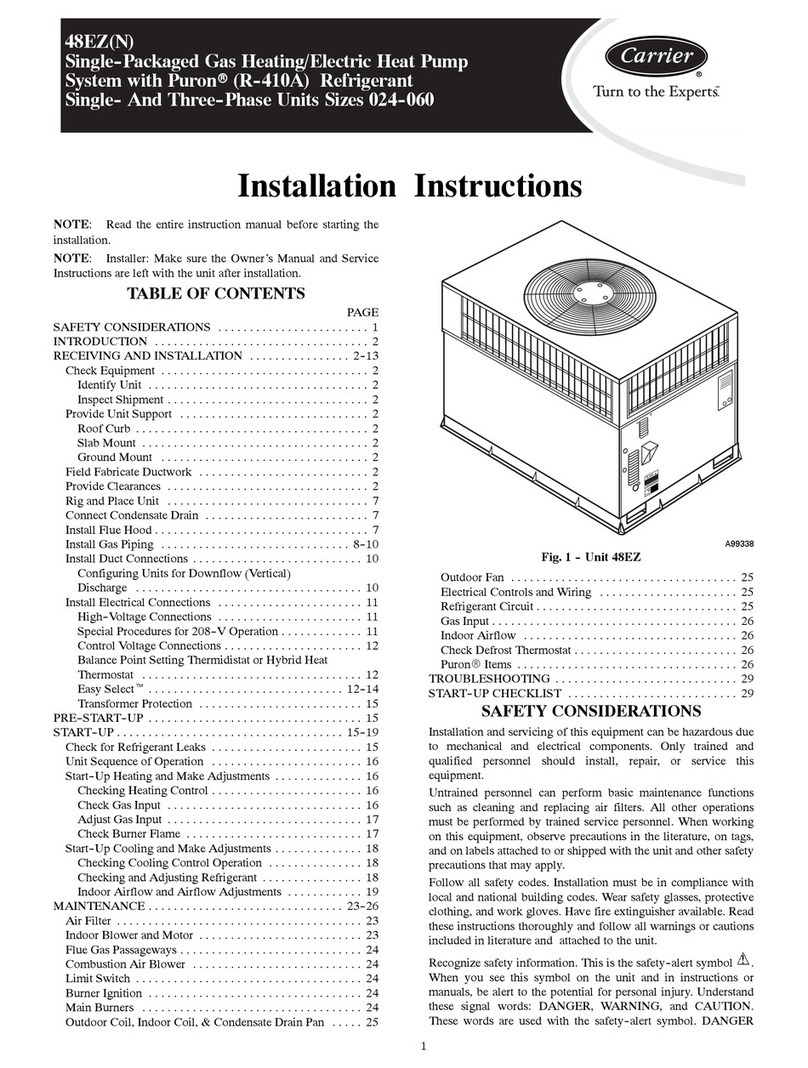
Carrier
Carrier 48EZN installation instructions
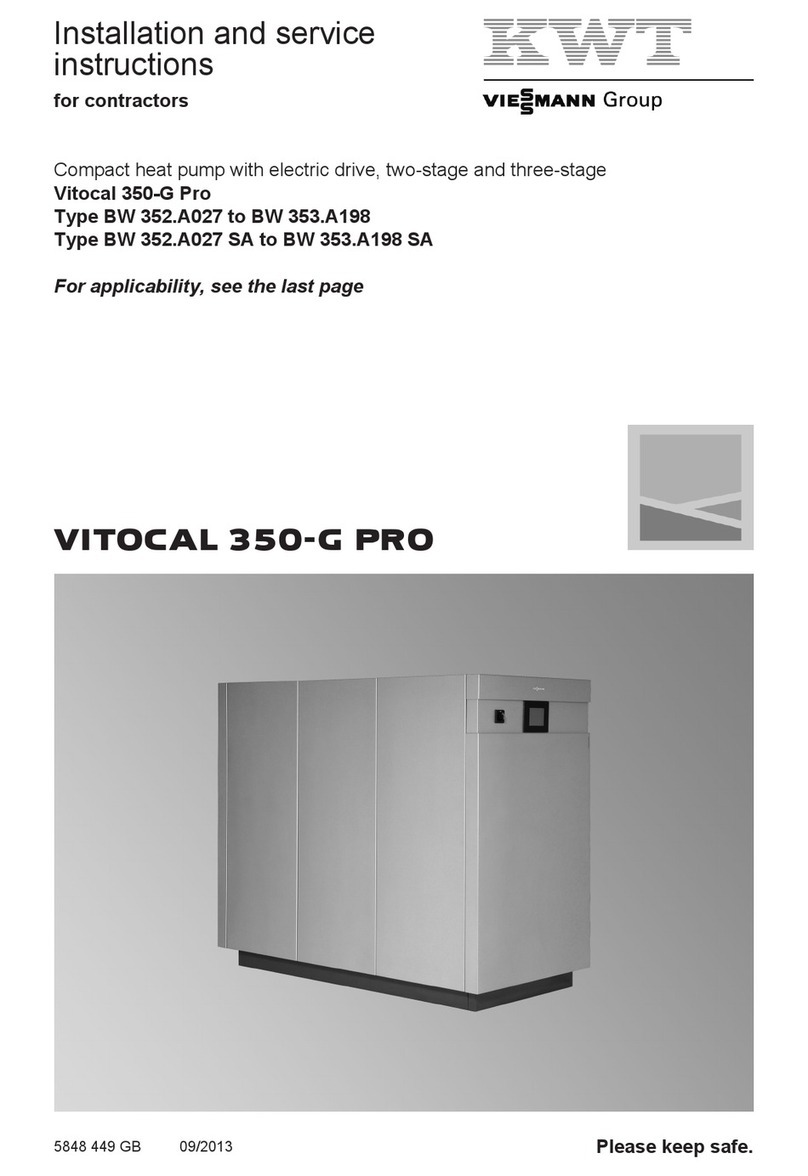
Viessmann
Viessmann KWT Vitocal 350-G Pro Series Installation and service instructions for contractors
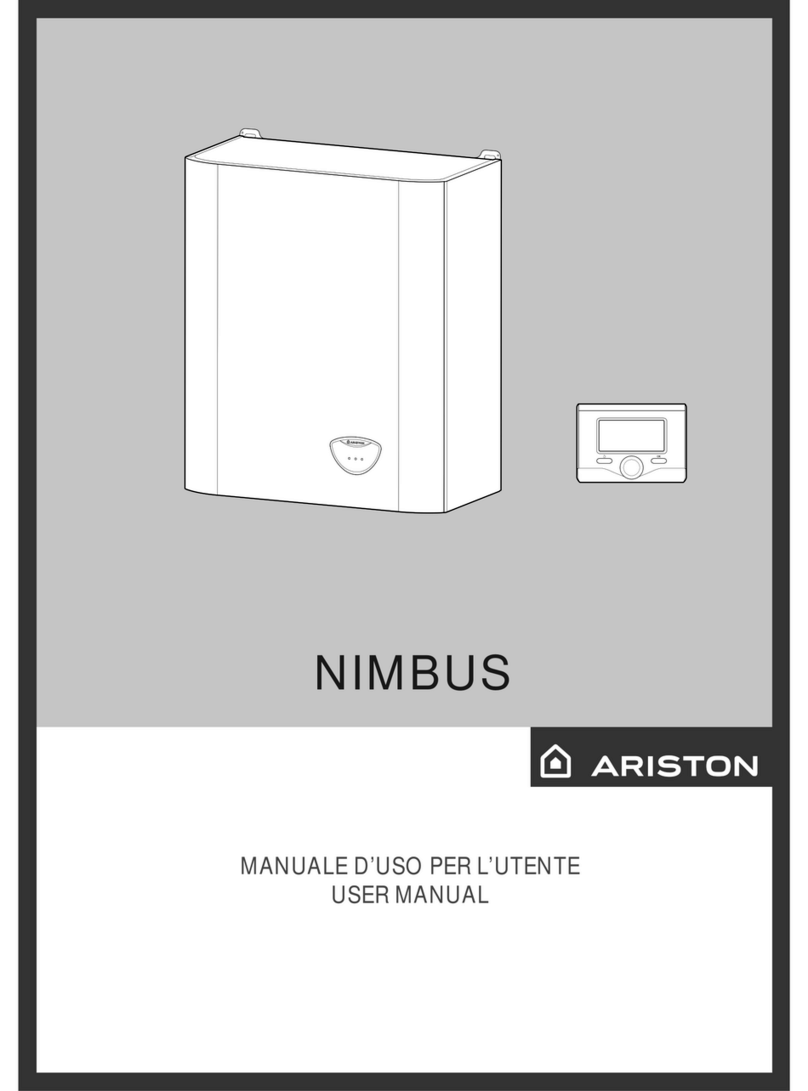
Ariston
Ariston NIMBUS user manual

Weishaupt
Weishaupt WWP L 7 Installation and operating instruction
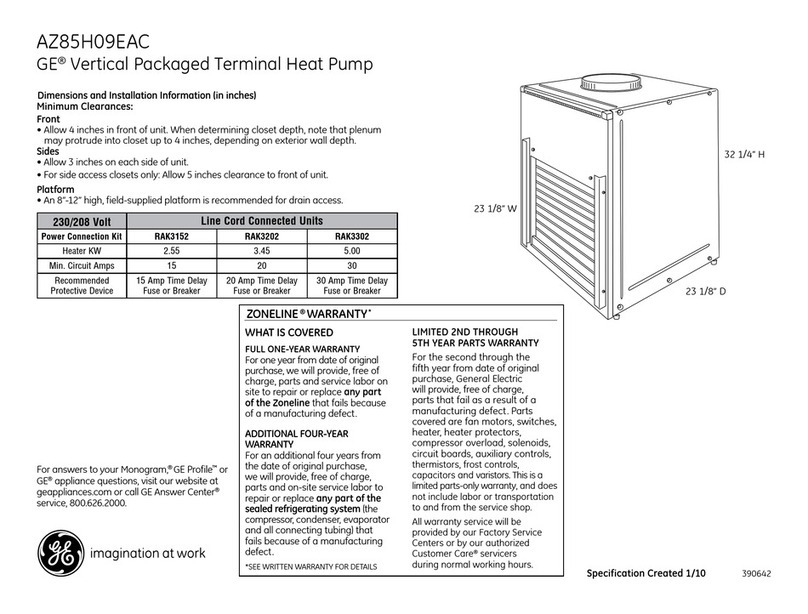
GE
GE Zoneline AZ85H09EAC datasheet
